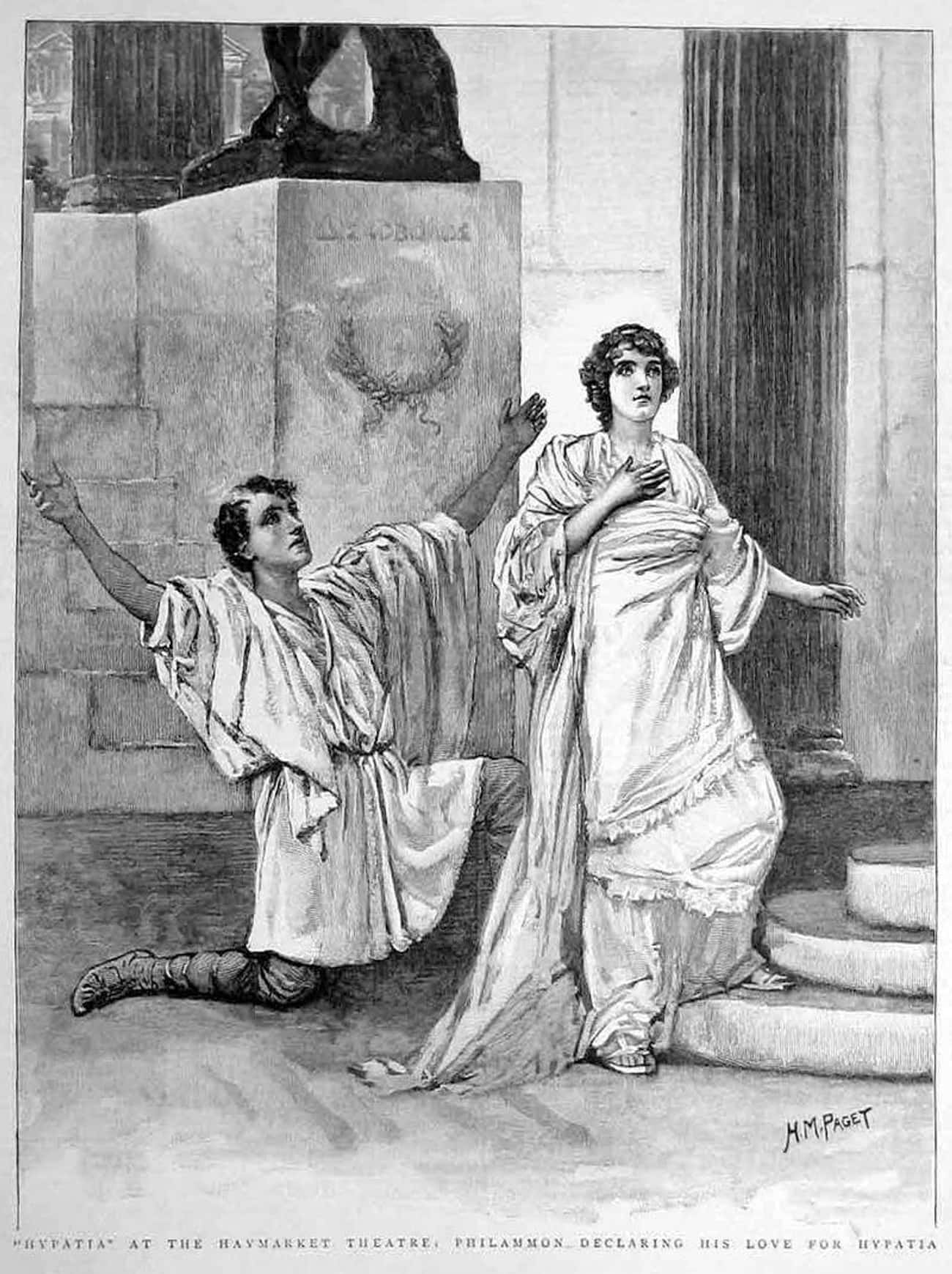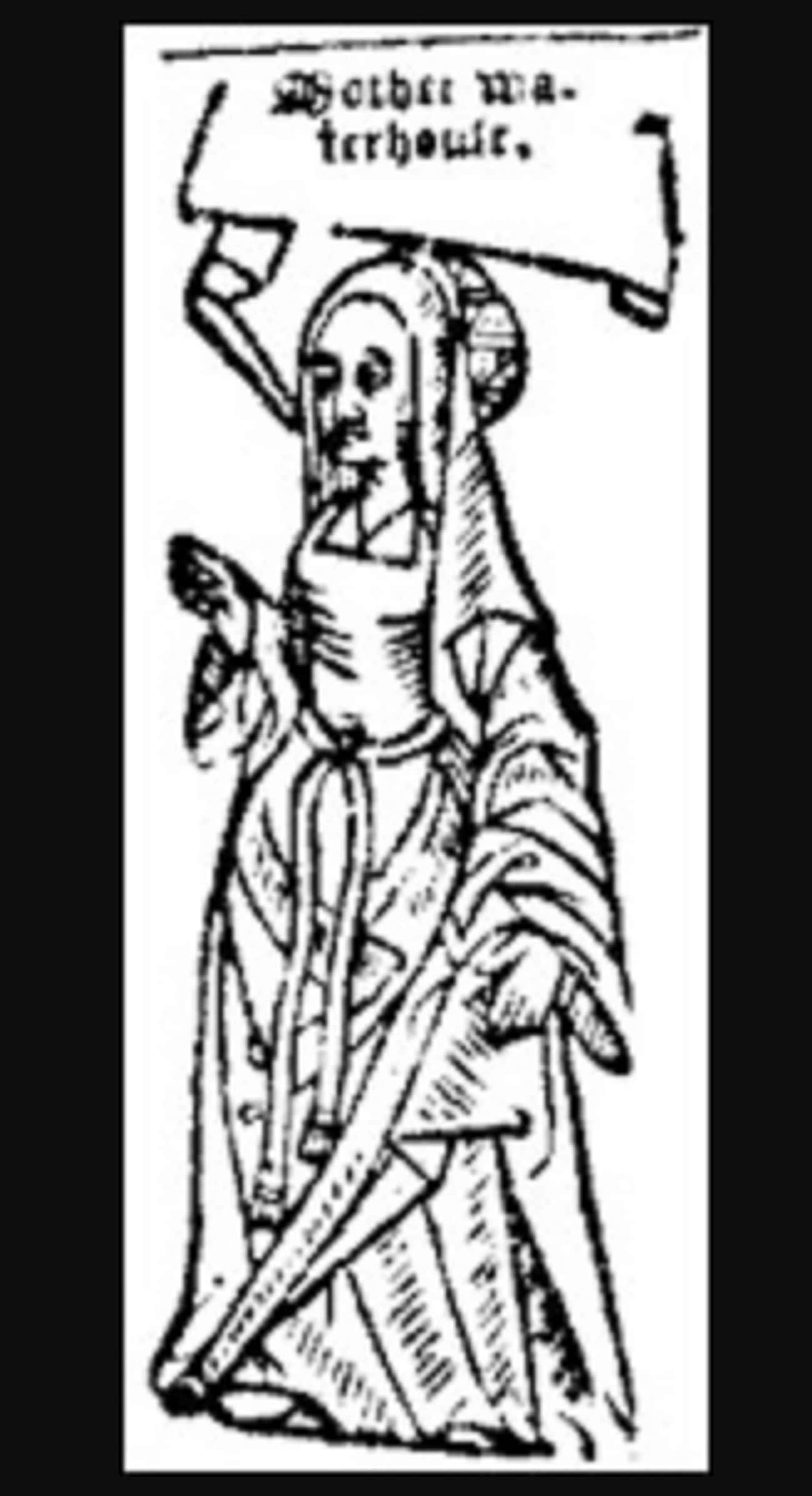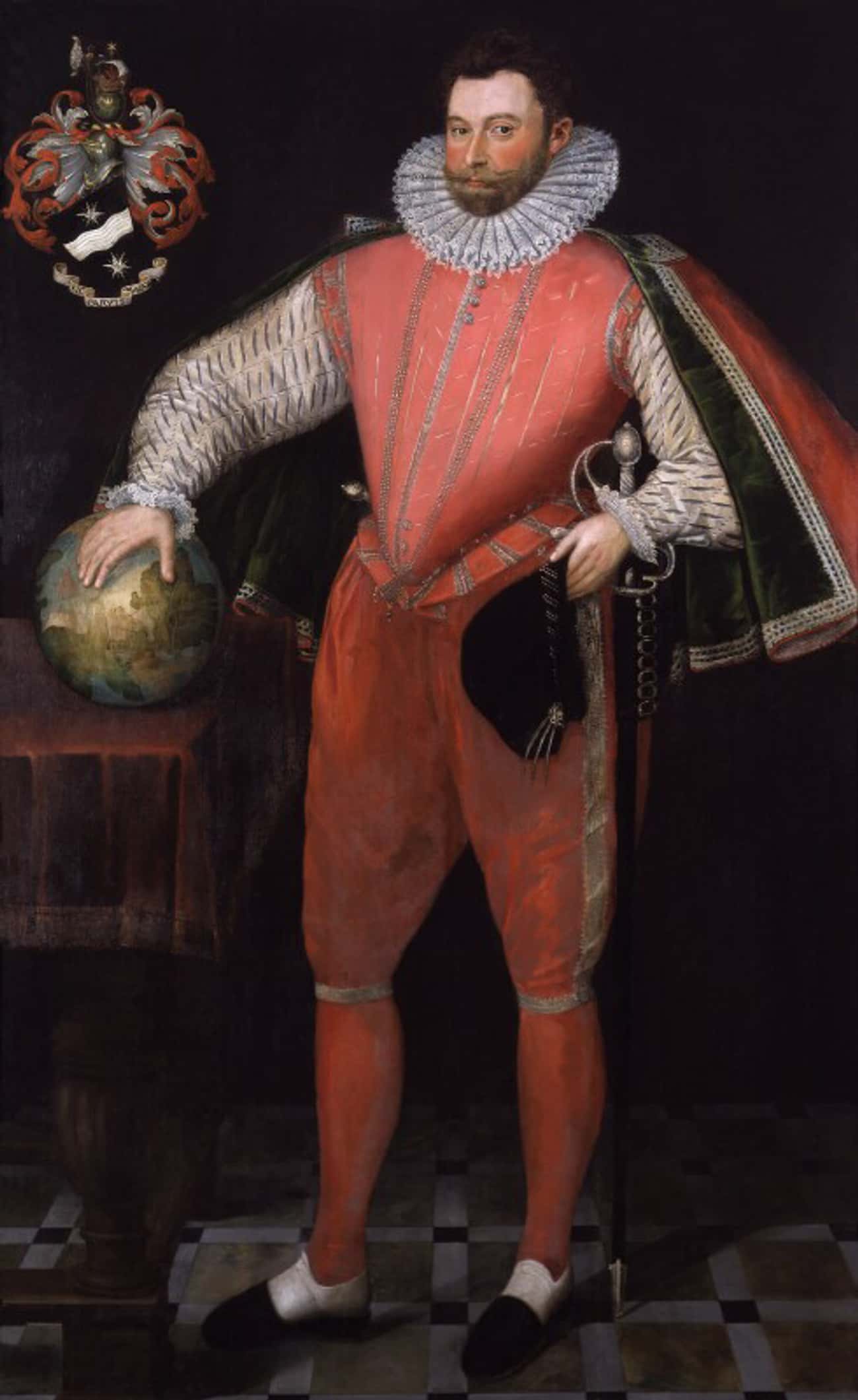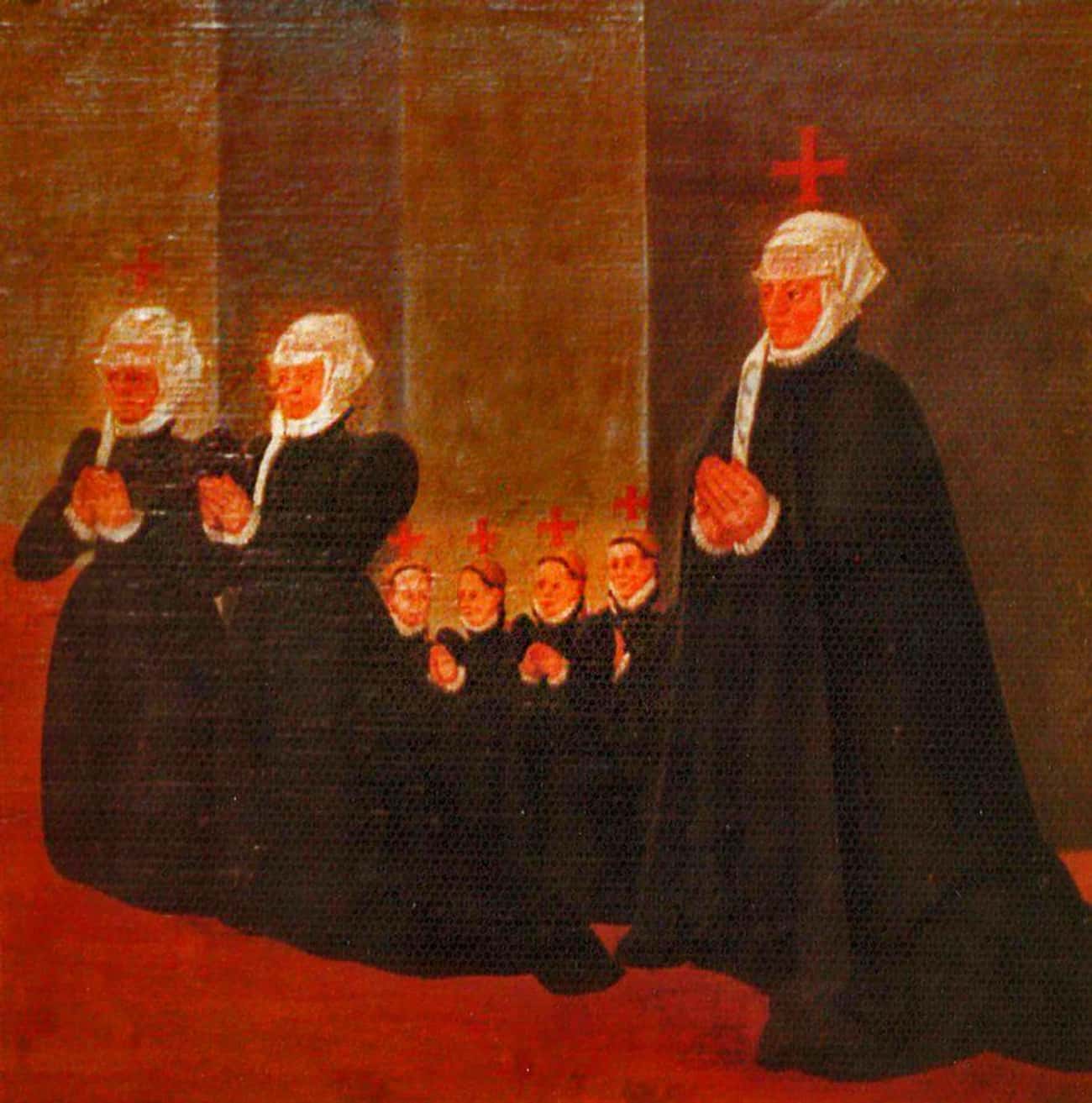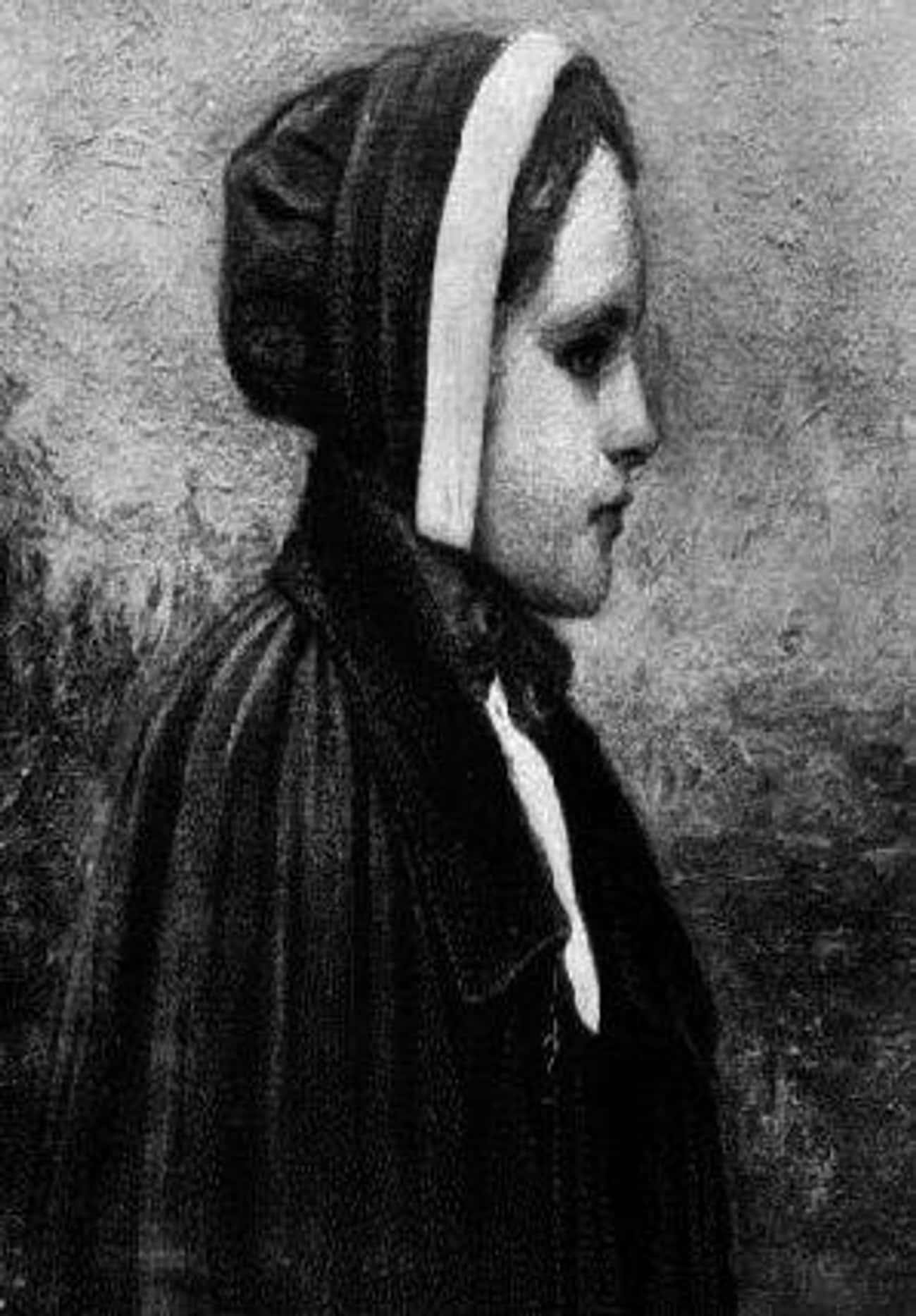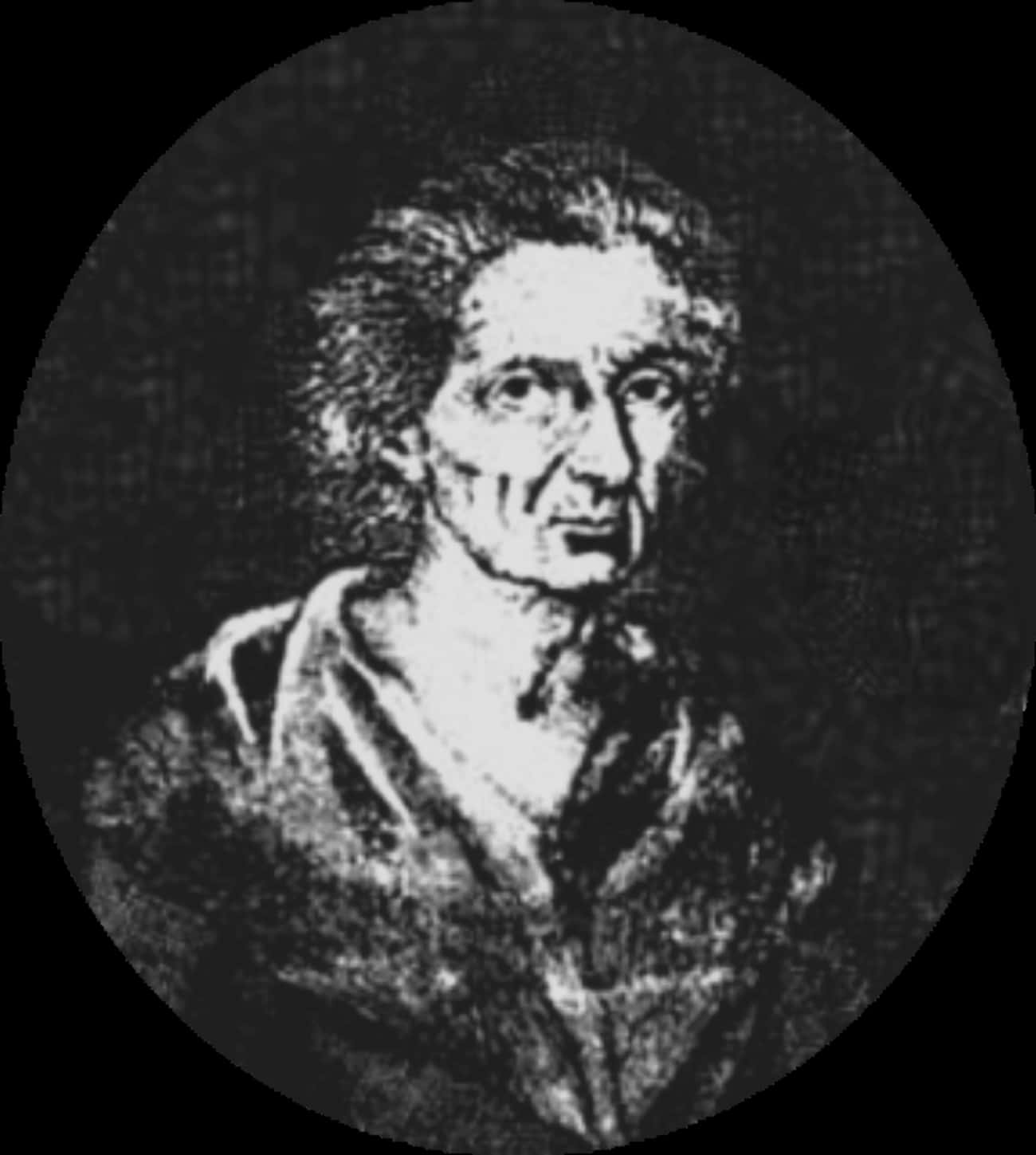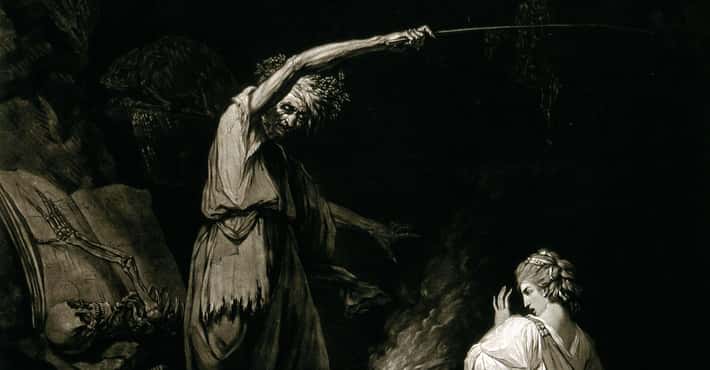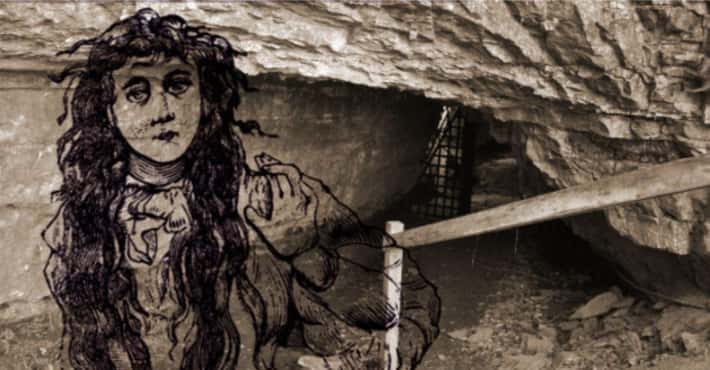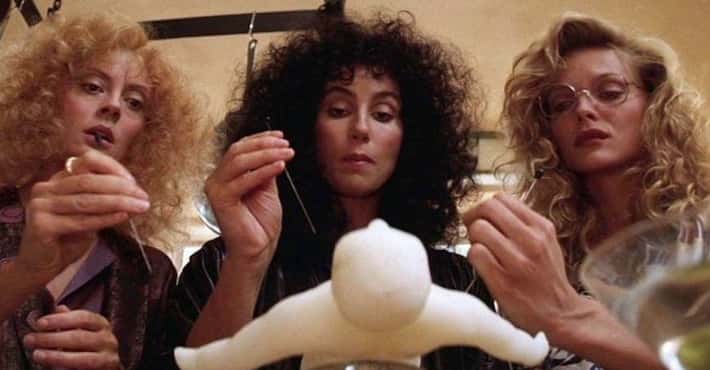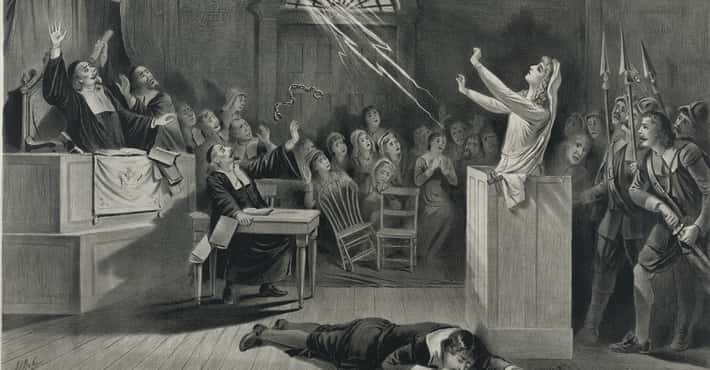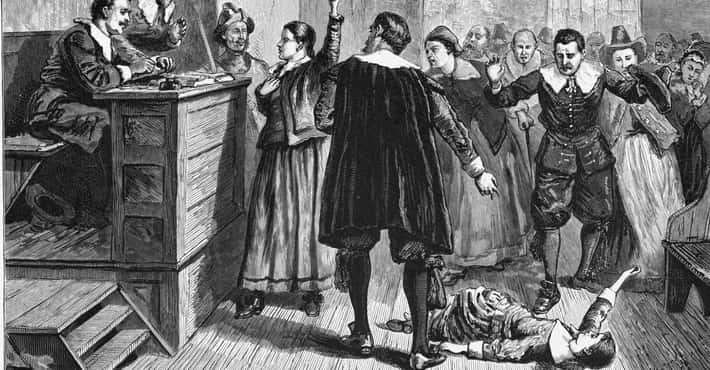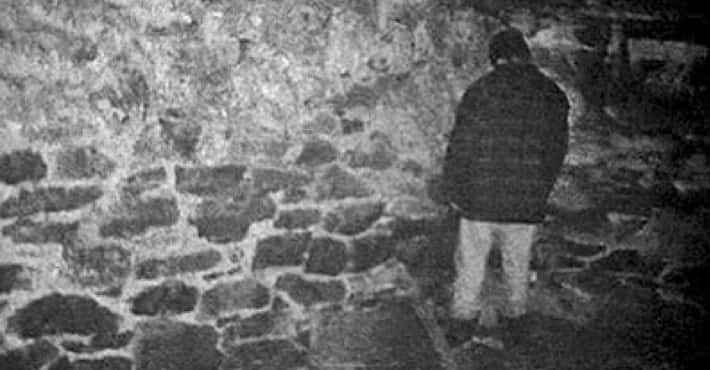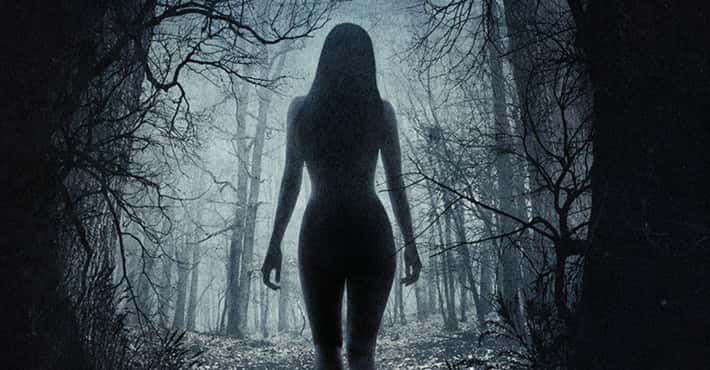People Who Were Actually Killed For Being 'Witches'
- Photo: H. M. Paget / Wikimedia Commons / Public Domain
Hypatia
People accusing each other of witchcraft is hardly a new concept. Around the year 415 CE, there was a young woman by the name of Hypatia living in Alexandria, Egypt, who people thought was a bit unusual - unusual in the sense that she wasn't readily embracing the Christian religion and instead spent her time studying the pants off of the other mathematicians of her day. In fact, she is still known as the first female mathematician in the world, which, unfortunately, upset a lot of people. Peter the Lector in particular wanted to make sure that she and her pagan, math-loving ways were stopped immediately. The best means of doing so? Tell everyone she's a witch and kill her.
Unfortunately, Hypatia's end wasn't exactly quick. First, a mob dragged her from her carriage and stripped her clothes off at a nearby church. They then beat her with roofing tiles until she was dead or near enough. Then, for good measure, they tore her into pieces and burned what remained. In short, they really wanted to make sure this supposed witch was eliminated.
More Hypatia- Dig Deeper...Famous People Who Were Murdered
- #70 of 752 onThe Greatest Minds of All Time
- #425 of 560 onPeople We Wish Were Still Alive
- Photo: Unknown / Wikimedia Commons / Public Domain
Agnes Waterhouse
The first woman to be executed for witchcraft in England was Agnes Waterhouse, also called Mother Waterhouse. She was known for having a cat that answered to the name Satan, for possibly killing men, and for being labeled a witch when she was as young as 12. The cat supposedly spoke to her in a dark tongue, telling her to take the lives of children and certain people that she saw. It demanded to be fed blood and milk and had supposedly tormented her sister with these demands as well. Waterhouse also claimed to have had relations with demons who threatened to harm her if she did not do their bidding.
Once she was convicted, she was sentenced to death. At first, she stood strong and proud, acting unafraid; however, eventually, she began to plead for her life, saying that she believed and trusted in God. It was not enough, and she was executed in 1566.
Some people accused of witchcraft really were terribly nasty people. Case in point: Gilles Garnier. He was a hermit living in France up until 1573 and committed terrible acts for which he was accused of being not just a witch but a werewolf. When Garnier married, his new bride was not happy with the lack of food variety surrounding her husband's isolated way of life. To make up for this, Garnier began killing, butchering, and eating children. He also fed the meat of these children to his new wife to satisfy her craving for variety. He did this with at least four children.
When he was caught and put on trial, he claimed that he had come across a specter in the woods that gave him the ability to change into a wolf and do magic in order to hunt more easily. Witnesses claimed to have seen him eating the raw flesh of children in the fields, and a few even claimed to have seen him in wolf form. He was found guilty of witchcraft and lycanthropy, for which he was burned at the stake in 1573. From then on, he was known as The Werewolf of Dole.
When a village's harvest fails, it can be easy to blame it on witchcraft. Unfortunately, this was what caused the demise of Stedelen, a man who lived in the late 1300s in Switzerland and happened to make a very powerful enemy one day. Peter von Greyerz, a judge during that time, firmly believed that the occult was alive and well in Switzerland. He claimed that miscarriages, crop failures, marital disputes, storms, and more could all be linked to dark magic. Specifically, Greyerz accused Stedelen of sacrificing a black rooster on the Sabbath and of placing a lizard under a doorway. You know, usual witchcraft-y stuff.
The thing is that Stedelen actually admitted it - after being tortured, of course. He admitted that he'd made a pact with demons and was promptly burned at the stake. After his demise, Greyerz went on searching for other members of satanic cults and continued persecuting people for years. Women were tortured, men were killed, and it all began with this one incident.
The Inquisition definitely had its share of torture cases and gruesome killings, and that included executing people for witchcraft. In 1275, a French woman named Angéle de la Barthe was accused by the Supreme Chief of the Toulouse Inquisition of having relations with the Devil and giving birth to a monster that ate babies. A tall order, perhaps, but she didn't really claim to be innocent. During the course of her trial, she admitted that she had been feeding the monster babies for two years and even boasted about having slept with the Devil. She was burned alive for her deeds.
This incident is widely credited as being the first killing in a string of medieval witch persecutions, and there were many more that followed. Some people now believe the account is fictional, but either way, the time period was full of people being executed for witchcraft.
- Photo: Anonymous / Wikimedia Commons / Public Domain
Thomas Doughty
You might have heard this name before, or at least the name of his associate. Thomas Doughty was a nobleman, explorer, and soldier who lived in the mid-1500s before he met his untimely end. He sailed with famed captain Sir Francis Drake, who was also a slaver and politician - and who also ended up being his accuser. The two men started off as friends, but in the summer of 1578, Drake became separated from the rest of his fleet during a storm and slowly convinced himself that it was because Doughty was practicing witchcraft. The two argued, but Drake eventually snapped and had Doughty tied to the mast, accusing him of being a witch.
There was a brief trial once they landed, and although Drake later seemed to regret his decision, it was far too late. Doughty was found guilty of witchcraft and was sentenced to be killed by beheading - a decision that would haunt Drake for the rest of his life.
- Photo: The Pug Father / Flickr / CC BY 2.0
Leatherlips
Native Americans have their own version of witches, and they are often viewed with no less malice. Leatherlips, a Wyandot Indian in the 1800s in Ohio, is perhaps best known for having signed the Treaty of Greenville and for encouraging peace and cohabitation with European settlers. However, this didn't sit well with many other chiefs and some began to conspire against him. In 1810, Roundhead ordered that he be put to death for witchcraft. Settlers who were living with him at the time pleaded for his life, but to no avail. He went back with the other tribal leaders without a fight.
Once there, he prayed, ate, and drank with his people. He then dressed up in his very best clothing, gave a ceremonial death chant, and was promptly taken out by a tomahawk blow. There is now a statue in his memory in Dublin, OH.
- Photo: Unknown / Wikimedia Commons / Public Domain
Rebecca Lemp
Salem isn't the only place to have had a witch hunt. In the late 1590s, Nördlingen, Germany, was hit with a swath of witch accusations and executions. In all, 32 women were convicted of witchcraft, one of them a woman by the name of Rebecca Lemp. Rebecca was the mother of six children, but that didn't stop local lawyers and Burgomasters from arresting and torturing her. She was tortured on at least five different occasions and, eventually, she confessed to witchcraft. Unfortunately, things didn't end there.
In order to make her appear more guilty, Rebecca was forced to write a letter to her husband, who was away on business, and children in which she admitted to being a witch. Although her husband didn't believe it, there was nothing he could do. She was tortured a bit longer and then burned at the stake. Many other women followed her down this path of torture and death.
Bridget Cleary
In 1895, a man in Ballyvadlea, Ireland, was tried and eventually convicted for killing his wife. This may sound dark, but not terribly unusual - except that Michael Cleary claimed to have done it because his wife was actually a witch or changeling. You see, Bridget Cleary had gone missing, and when investigators eventually questioned her husband, he claimed that his wife had been taken by fairies and replaced by some sort of magical, evil creature. When he realized this, Michael did the only logical thing there was to do - burn his wife to death.
It's still not clear if he burned her body before or after her death, but it's pretty clear that he was the one who killed her. The trial was a long and arduous one, and Michael was imprisoned for 15 years for his crime. To this day, there's still an Irish nursery rhyme that goes:
Are you a witch, or are you a fairy,
Or are you the wife of Michael Cleary?
- Photo: Nolifette / Wikimedia Commons / Public Domain
When thinking about people who have been killed for being witches, the 1692 Salem witch trials inevitably come to mind. Around 72 people were accused of being witches with 20 actually being executed for it, the first of whom was Bridget Bishop. She was a rather flamboyant woman for her day, and other women took notice. Eventually, women accused Bishop of being a witch, claiming that her shape would haunt or threaten people, and during the trial they screamed and flailed, claiming she was hurting them even then. Men also stepped forward, saying that she had tormented them and even poisoned them after disputes. Her previous, now deceased husbands were even brought up.
This was enough to seal her fate, and despite the fact that she claimed to be innocent, Bishop was sentenced to death and was hanged.
- Photo: Bartolomeo Pollini / Wikimedia Commons / Public Domain
Giovanna Bonanno
One thing that comes to mind when thinking of witches is their mysterious potions, and Giovanna Bonanno held to that stereotype pretty well. She was a beggar in Palermo, Sicily, in the late 1700s when she was brought to trial for witchcraft. She confessed during the trial to being a professional poisoner and had been selling poisons to women who wanted to murder their husbands. She claimed that initially, the poison would cause pain, then put them in the hospital, and eventually kill them. The doctors of the time could not figure out the cause of death, and it is unknown how many people she poisoned during this time.
Many women testified against her, as did the local apothecaries who sold her potions. She was supposedly very good at creating various ointments and magical potions to help with minor and major ailments. However, her poisoning habit was where she found her end - she was executed by hanging on July 30, 1789. To this day, she is known as "Old Vinegar."
Christenze Kruckow
Even the nobility was not free from the accusation of witchcraft. In 1621, Christenze Kruckow was a noble lady living in Scandinavia and her life was pretty good. Unfortunately, her sister, Anne, was not so lucky. Anne had given birth to 17 children, all stillborn, and could not seem to conceive a healthy baby. After a while, people started to blame this misfortune on witchcraft. Women were accused of carrying out this deed, and one was even executed. At first, none of these people were nobles, but eventually, Christian IV, the King of Denmark, pushed people to accuse Christenze Kruckow of the act.
Upon being arrested, Kruckow admitted that she had cursed her sister's marriage bed in jealousy. She was found guilty of sorcery and was decapitated with a sword. She was, however, given the burial of a noble rather than a witch.
Muree bin Ali bin Issa al-Asiri
Some may think that killing people for witchcraft is a thing of the past, but that's not entirely the case. Muree bin Ali bin Issa al-Asiri of the Najran province in Saudi Arabia was a bit of an adulterer and had committed this act with two women. When he was finally investigated, he was found to have books in his possession as well as various talismans. When accusations of witchcraft were added to his list of misdeeds, it was enough to have him sentenced to death. He was beheaded amid protests from human rights groups.
Shockingly, this happened in 2012! Yes, this means that in some parts of the world, people are still being accused and killed for supposedly witchy behavior.


